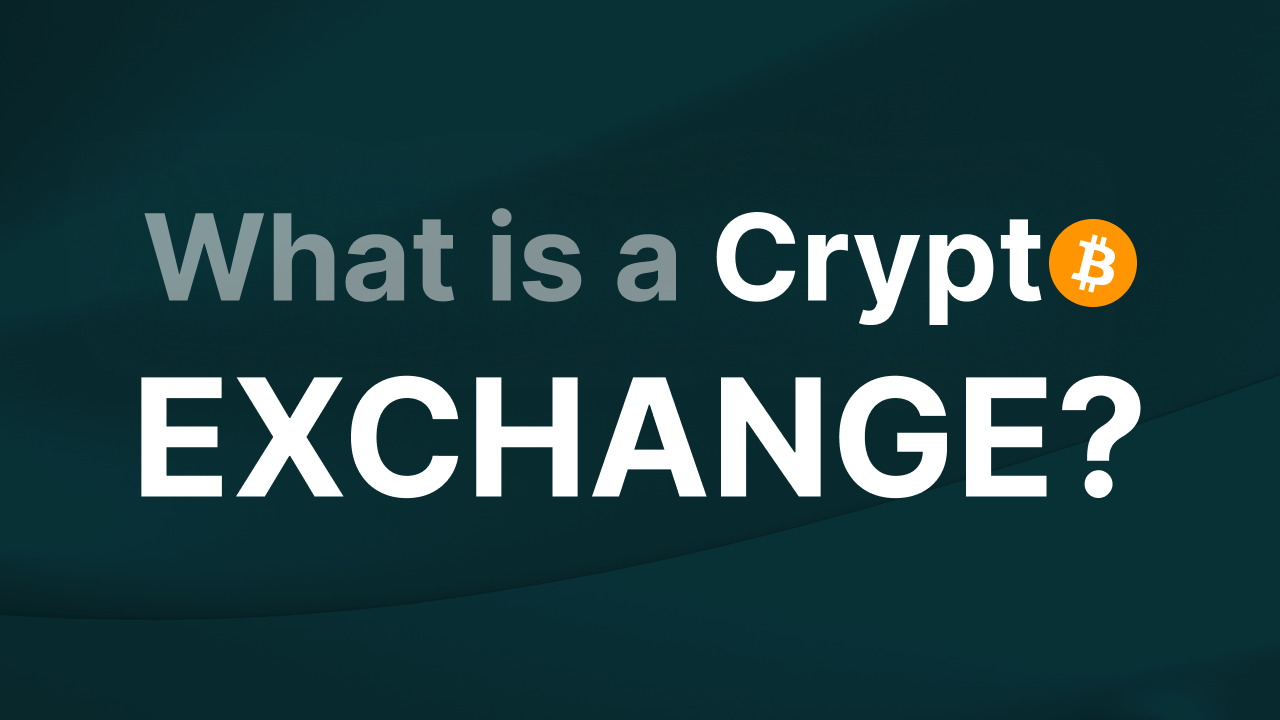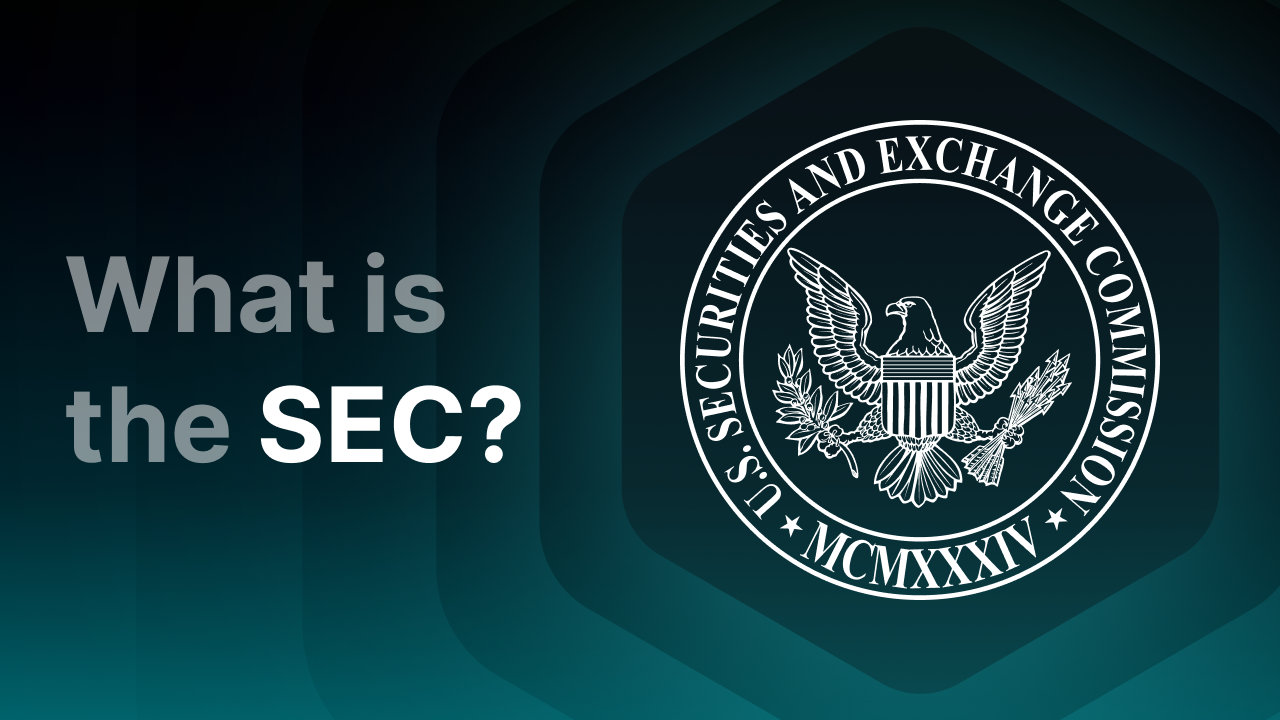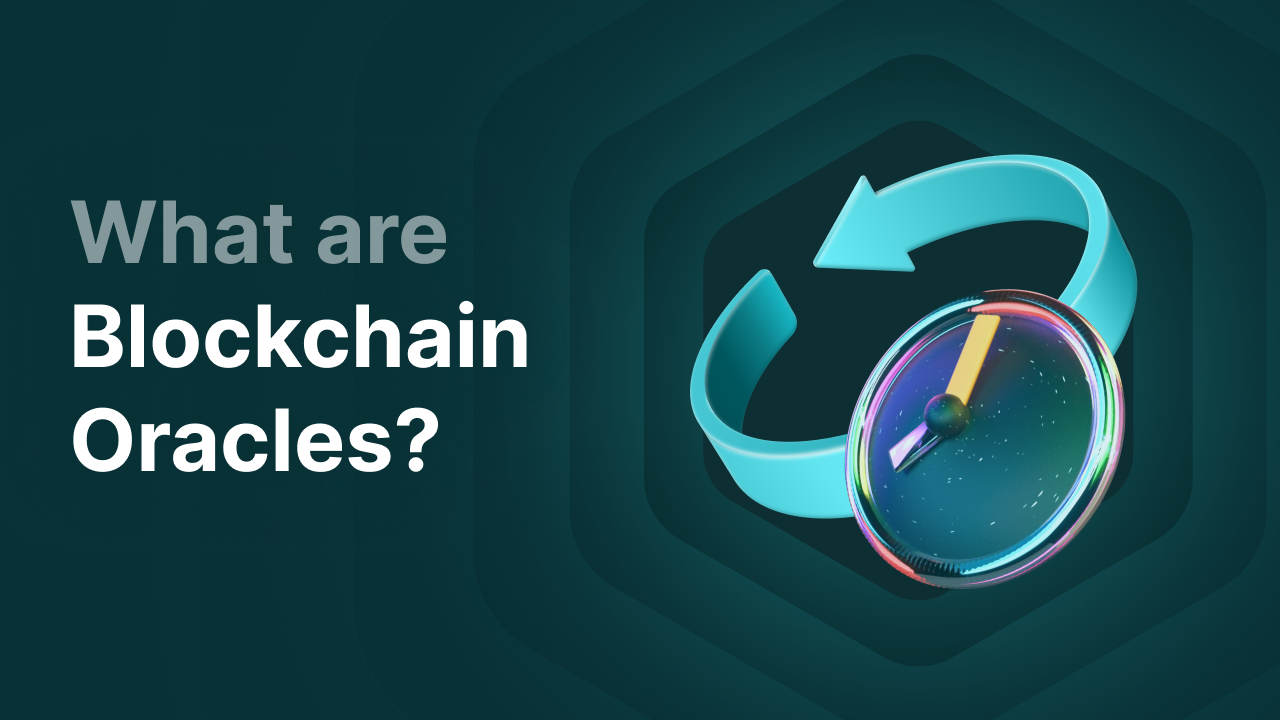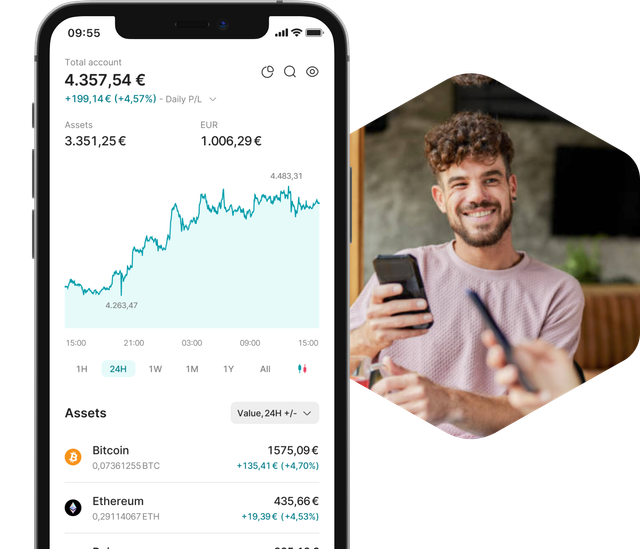Qu’est-ce qu’une plateforme d’échange crypto ?

Qu’est-ce qu’une plateforme d’échange crypto ?
Une plateforme d’échange crypto est une plateforme en ligne permettant aux utilisateurs d’échanger des cryptomonnaies. Il s’agit essentiellement d’un marché sur lequel acheteurs et vendeurs se rencontrent pour échanger des actifs numériques selon les prix du marché en temps réel. On peut la comparer à une bourse, sauf qu’au lieu de négocier des actions, on échange des cryptomonnaies telles que le Bitcoin (BTC), l’Ethereum (ETH) ou le Solana (SOL).
La plupart des plateformes permettent également d’échanger des paires de cryptomonnaies, c’est-à-dire d’échanger une cryptomonnaie contre une autre. Par exemple, échanger du Bitcoin contre de l’Ethereum ou inversement.
À retenir
- Une plateforme d’échange crypto permet d’acheter et de vendre des cryptomonnaies.
- Il existe des plateformes centralisées (CEX), décentralisées (DEX) et hybrides.
- Ces plateformes exigent souvent une vérification KYC et acceptent les dépôts en fiat ou en crypto.
- Les frais, la sécurité et la liquidité varient selon les plateformes.
- Pour bien choisir une plateforme, il faut considérer la facilité d’utilisation, la régulation et les cryptos disponibles.
Comment fonctionnent les plateformes d’échange crypto ?
Les plateformes d’échange fonctionnent de manière similaire aux marchés financiers traditionnels, avec quelques différences notables. Voici leur fonctionnement :
-
Créer un compte : L’utilisateur doit d’abord créer un compte. Cela implique généralement de fournir des informations personnelles et de vérifier son identité (procédure KYC – « Know Your Customer »), surtout sur les plateformes régulées.
-
Déposer des fonds : Une fois le compte créé, l’utilisateur peut déposer des fonds pour commencer à trader. Les plateformes acceptent généralement les dépôts en monnaies fiat (comme l’euro ou le dollar) ou en cryptomonnaies. Certaines acceptent les virements bancaires, cartes de crédit ou même PayPal.
-
Passer des ordres : L’utilisateur peut ensuite passer des ordres d’achat ou de vente de cryptomonnaies.
-
Exécution des transactions : Lorsque le prix d’achat d’un utilisateur correspond au prix de vente d’un autre, la transaction est exécutée automatiquement. La cryptomonnaie est transférée du vendeur à l’acheteur, contre le montant en fiat ou en crypto.
-
Retirer les fonds : Après le trading, les utilisateurs peuvent transférer leurs cryptomonnaies vers un wallet personnel ou les convertir en fiat et les retirer sur leur compte bancaire.
Quelle est la différence entre un courtier crypto et une plateforme d’échange ?
Une plateforme d’échange est un espace où les utilisateurs échangent des cryptomonnaies entre eux, souvent à travers un carnet d’ordres qui associe l’offre à la demande. Un courtier crypto agit en tant qu’intermédiaire : vous achetez ou vendez directement auprès du courtier à un prix fixe qu’il détermine. Cette méthode est plus simple, notamment pour les débutants. En résumé : les plateformes s’adressent aux traders actifs, les courtiers à ceux qui cherchent la simplicité.
Types de plateformes d’échange
Il existe plusieurs types de plateformes d’échange, adaptées à différents profils d’utilisateurs et méthodes de trading :
Plateformes centralisées (CEX)
Ce sont les plus courantes. Elles sont gérées par une entité centralisée qui facilite les échanges entre acheteurs et vendeurs. Elles offrent souvent une liquidité élevée, ce qui permet d’échanger de grandes quantités sans trop impacter les prix.
Avantages :
- Liquidité élevée et transactions rapides
- Interface conviviale
- Prise en charge des dépôts et retraits en monnaie fiat
Inconvénients :
- Les utilisateurs ne détiennent pas leurs clés privées (la plateforme les gère)
- KYC et régulation souvent obligatoires
Plateformes décentralisées (DEX)
Les DEX fonctionnent sans autorité centrale. Grâce à la technologie blockchain, elles permettent un échange peer-to-peer – les utilisateurs tradent directement entre eux sans intermédiaire. Ces plateformes sont de plus en plus prisées pour leur aspect privé et sécurisé.
Exemples connus : Uniswap, PancakeSwap, SushiSwap.
Avantages :
- Contrôle total des clés privées
- Plus de confidentialité (souvent sans KYC)
- Moins de risque de point de défaillance unique
Inconvénients :
- Moins de liquidité (les utilisateurs doivent fournir les fonds)
- Moins accessibles pour les débutants
- Peu de prise en charge des devises fiat
Plateformes hybrides
Elles combinent les avantages des plateformes centralisées et décentralisées. Elles offrent la liquidité et la facilité d’utilisation des CEX, avec le contrôle et la sécurité des DEX.
Ces plateformes sont encore récentes, mais elles visent à répondre aux limites des autres modèles.
Comment choisir une bonne plateforme d’échange crypto ?
Voici les critères clés à prendre en compte :
-
Sécurité : C’est primordial. Choisissez une plateforme dotée de mesures de sécurité robustes : authentification à deux facteurs (2FA), preuve de réserve (PoR), séparation des fonds.
-
Frais : Les plateformes appliquent des frais pour le trading, les dépôts et les retraits. Comparez via notre page de frais. Exemples :
- Frais de trading : Pourcentage par transaction
- Frais de dépôt/retrait : Pour transférer des fonds
-
Expérience utilisateur : Pour les débutants, une interface simple et intuitive est essentielle. La navigation, les dépôts et les retraits doivent être clairs.
-
Cryptomonnaies disponibles : Toutes les plateformes n’offrent pas les mêmes actifs. Vérifiez que la plateforme propose les cryptos qui vous intéressent. La plupart listent le Bitcoin et de nombreux altcoins.
-
Liquidité : Une bonne liquidité permet des échanges rapides à prix stables. Les grandes plateformes ont généralement plus d’utilisateurs et donc plus de volume.
-
Régulation : Certaines plateformes sont réglementées, d’autres non. Les plateformes réglementées offrent une protection supplémentaire mais exigent souvent une vérification d’identité (KYC).
Comment débuter sur une plateforme d’échange ?
Voici les étapes à suivre :
-
Choisir une plateforme : Comparez selon les frais, les cryptos proposées, la sécurité et l’ergonomie.
-
Créer un compte : Inscrivez-vous et passez la vérification si nécessaire (documents d’identité).
-
Déposer des fonds : Selon la plateforme, vous pouvez déposer des euros, des dollars ou des cryptos. Les dépôts via virement, carte ou PayPal sont courants.
-
Passer un ordre : Une fois vos fonds disponibles, choisissez votre type d’ordre et sélectionnez la cryptomonnaie à échanger.
En résumé
Une plateforme d’échange crypto est un élément clé de l’écosystème des cryptomonnaies. Elle permet aux utilisateurs d’acheter, vendre et trader des actifs numériques. Que vous soyez débutant ou trader confirmé, ces plateformes vous offrent les outils nécessaires pour participer à ce marché en pleine croissance.
Pour bien choisir, prenez en compte la sécurité, les frais et la liquidité. Faites toujours vos propres recherches avant de trader. Une bonne plateforme vous aidera à naviguer dans l’univers crypto avec confiance.




